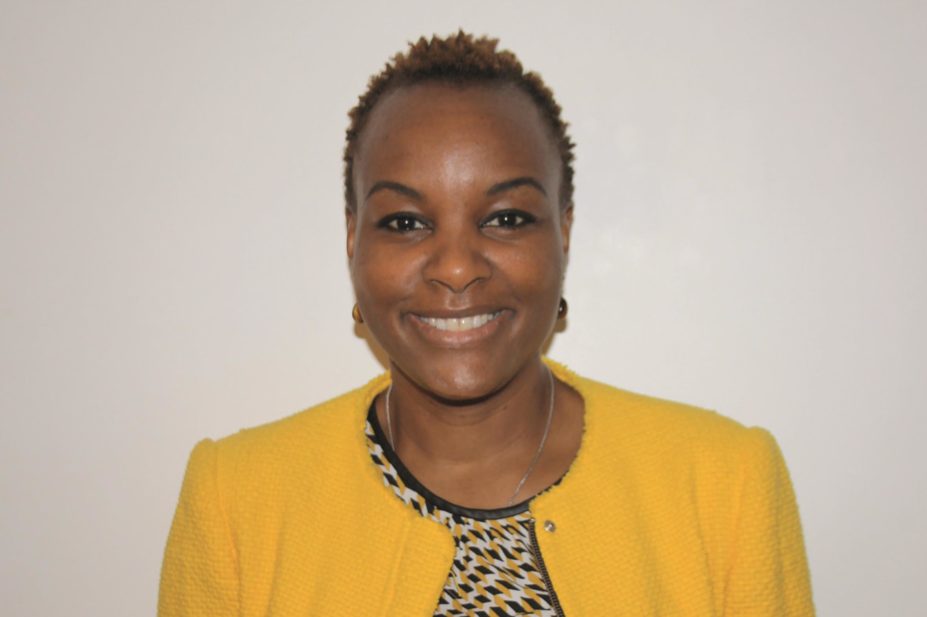
Lead pharmacist and independent prescriber Caroline Dada specialises in mental health and gender identity. She describes the challenges that these patients face and explains her role in helping them.
What is your role and how did you get there?
I am the medication safety officer and lead pharmacist for community mental health services and gender identity (GID) for the Leeds and York Partnership Foundation Trust. I first joined the trust in 2005 as the pharmacy addiction services manager. After a few years I moved into general psychiatry and became the lead pharmacist for medicines risk management.
Gender identity was added to my portfolio in 2008 and I now work about ten hours a week for the GID team. As the GID lead, I am an integral part of the multidisciplinary team, which consists of an occupational therapist, voice coach, nurses, psychiatrists and a physician.
Initially I dealt mainly with counselling and responding to supply problems then, in 2010, I completed the non-medical prescribing course and now run a weekly hormone prescribing clinic. Each week is different because of the disparate client group.
What responsibilities do you have as part of your role?
I am responsible for running a weekly hormone clinic and handling my own case load. I initiate hormones for new patients using the service, monitor the patients’ treatment regimens and discharge them back to their GPs following successful gender reassignment surgery or hormone reassignment.
I provide a ‘question time’ session on hormones for service users or their family members or friends. The session provides discussion on evidence-based information. Attendees are able to discuss openly any issues relating to hormone treatment, including the benefits and risks. I also offer one-to-one sessions for individuals on request.
Additionally, I spend a large amount of time responding to the many queries of varying complexity I receive from GPs and other healthcare professionals. My responsibilities also include writing shared care guidelines and protocol development for the service on hormone treatment and management, plus contributing to the departmental strategy to ensure the continual development and improvement of services.
I also raise awareness of gender identity by providing educational sessions to academic institutions.
What do you find frustrating about your role?
In recent years, the changes to the NHS have meant that GID services are no longer commissioned locally, but nationally via NHS England Specialist Commissioning. This has led to a significant change and many GPs now refuse to prescribe hormones for their transgender service users in primary care, which makes it challenging to transfer patients back to their GPs. This often means a lot of time spent persuading GPs to prescribe the hormones, causing needless delays in treatment and extreme frustration for service users.
My other frustration is when service users do not attend appointments. This is a waste of resources that could be reassigned to another patient on the waiting list.
Do you think there is scope for other pharmacists to get involved in gender identity issues?
Absolutely. There are seven centres across England and, as far as I am aware, I am the only pharmacist specialising in GID (but I would love to hear from others if they are out there). Pharmacists who wish to be involved can attend many of the national conferences or ask where and how they could be involved within their organisations.
Community pharmacists and GP-based pharmacists are in a great position to support patients with GID issues. There is a need for increased awareness within the profession. This starts by asking patients questions, building up trust, and providing a safe environment for individuals to discuss their hormone treatments. The service users for whom I prescribe will be on lifelong treatment, so community pharmacists will need to have a greater understanding of their health requirements and treatment.
Research in the area is limited and there is more that needs to be done, so this is another way to get involved.
What impact, if any, have recent high profile cases (such as Caitlyn Jenner, American television personality and former athlete who recently underwent gender reassignment) had on your role and the issue of gender identity in general?
Honestly, it has had little impact overall. However, the publicity is great because it serves to raise the awareness in the public domain about gender identity.
What Jenner does is glamorise transgender, to some extent, but the reality is very different for many of the individuals I see. Many find they lose loved ones and employment, and face isolation simply because they have chosen to live the life of which they have always dreamt. Although times are changing, the decision to change gender is still often daunting — but, for many, is ultimately a price worth paying.
What are your goals for the future?
I am fortunate to have such a varied role within the organisation. I am passionate about developing services and, at present, a huge amount of my time is spent developing the role of the mental health pharmacists in the community, working in GP surgeries and developing a physical health clinic in the community for our service users.
I enjoy developing the GID role and learn something new on weekly basis by being part of a dynamic multidisciplinary team. For the future, I plan to write an easy-read booklet that will support pharmacists with GID service-users. I want to encourage all pharmacists to look beyond the norm and seek out areas that may not initially seem obvious with a pharmacy role.


